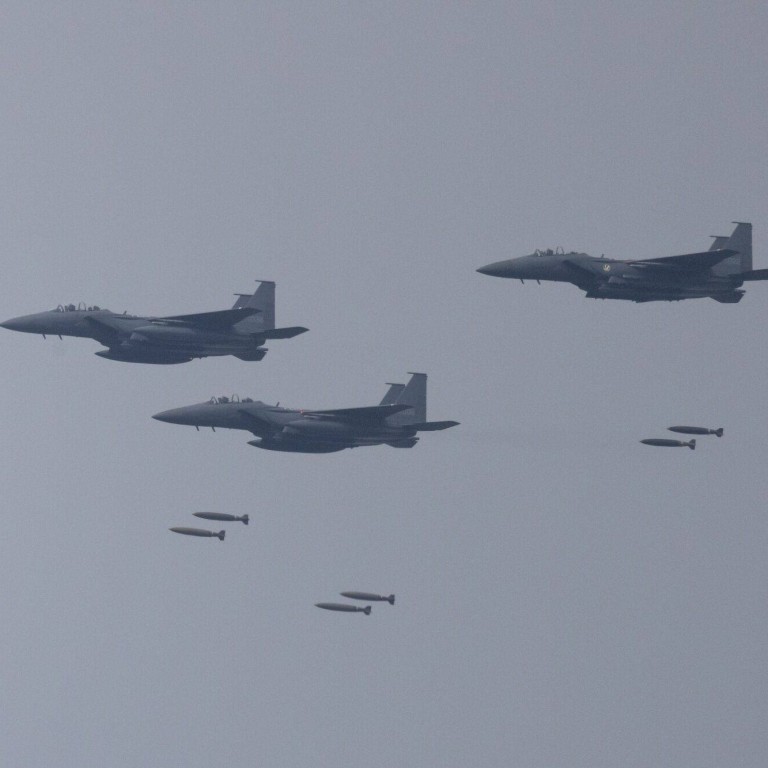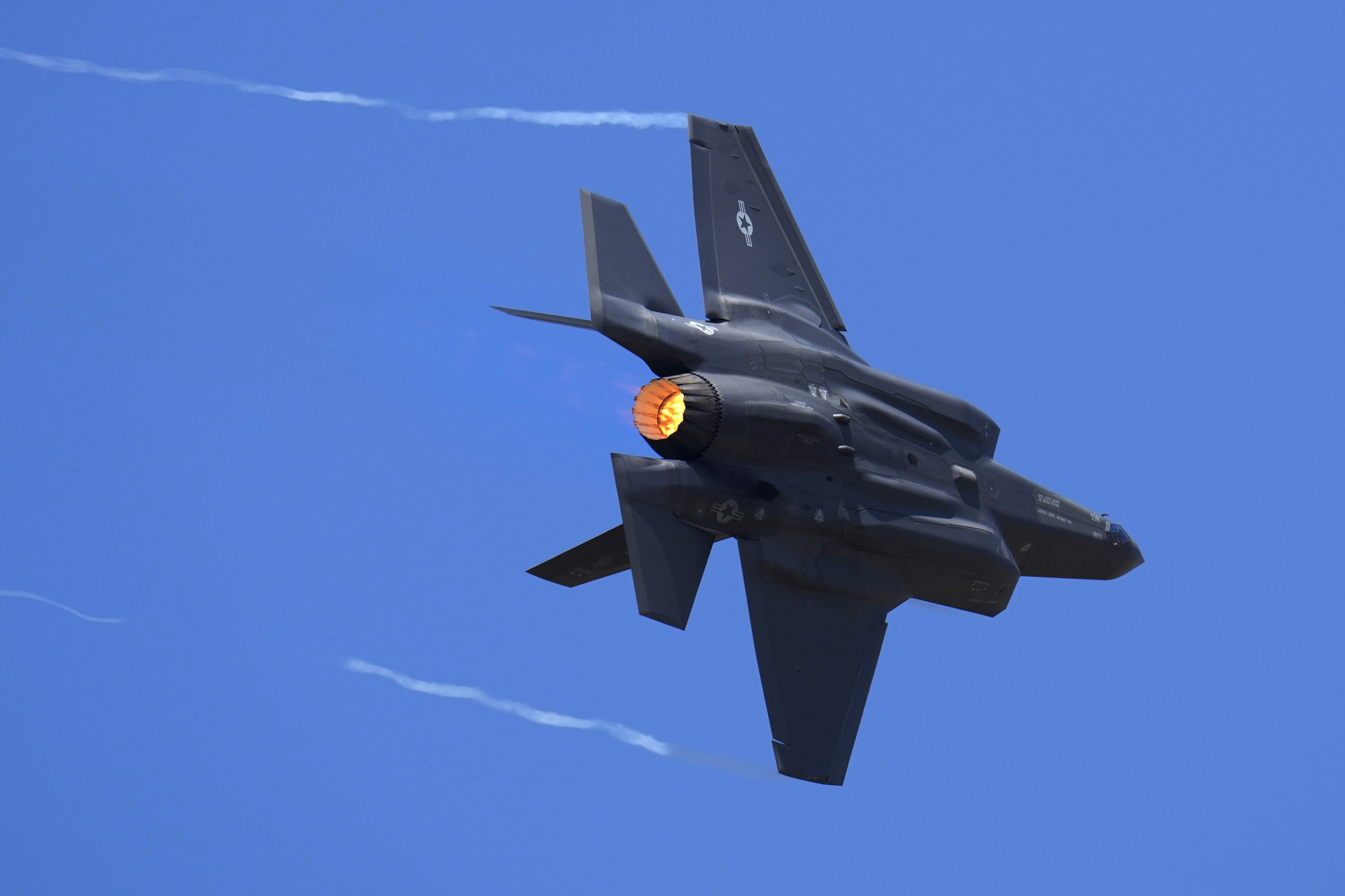
Asean turns to ‘reliable’ South Korea to feed growing demand for affordable hi-tech arms
- Malaysia’s recent purchase of 18 FA-50 fighter jets from South Korea follows other arms sales to the Philippines and Indonesia
- South Korea is increasingly viewed as a reliable partner country with ‘less political and strategic’ baggage, one analyst says
Malaysia’s defence ministry last week said it had signed agreements worth US$2.28 billion at this year’s biennial Langkawi Maritime and Aerospace exhibition, including the purchase of 18 FA-50 light attack aircraft from Korea Aerospace Industries (KAI).
This comes on the heels of the Philippines and Indonesia – said to be two of the largest buyers of South Korean weapons – accounting for 16 per cent and 14 per cent of its sales, respectively. From 2017 to 2021, South Korea shipped slightly less than US$2 billion worth of arms to Southeast Asian countries.

Southeast Asian countries also see South Korea as a reliable partner country with “no hidden strategic agenda” and “less political and strategic” baggage as compared to other arms suppliers, according to Jaehyon Lee, a Southeast Asia expert at The Asan Institute for Policy Studies in Seoul.

For instance, the next-generation KFX jet developed by KAI with Indonesia is designed to be a cheaper, less stealthy alternative to the US-built F-35; while the FA-50, a light combat aircraft which costs about US$50 million each, is said to be half that of comparable American or European jets.
Under Yoon’s Korea-Asean Solidarity Initiative, arms sales and defence technology cooperation were placed high on the government’s agenda, Lee said, adding that Korean companies were ready to meet the demand from Southeast Asia.
The war in Ukraine and the region’s skirmishes with Beijing in the South China Sea had also prompted Southeast Asian countries to step up on military preparedness and arms purchases, Lee added.
Thomas Daniel, senior fellow at the Institute of Strategic and International Studies in Malaysia, said the sale of defence equipment which could be integrated with Western systems and weapons had long been sought by developing countries but had been largely ignored by major Western defence producers.
He noted that the spike of almost 140 per cent in South Korea’s defence exports meant that one main challenge for Seoul would be in the delivery of orders.
There was also the question of whether Southeast Asian buyers, “which typically opt for small purchases, will be pushed to the back of the line”, Daniel said.
South Korea is currently the third-largest supplier of weapons to Nato and its member states, according to the Stockholm International Peace Research Institute (SIPRI); however, its 4.9 per cent of arms purchases still lags far behind the US which accounts for 65 per cent, and France at 8.6 per cent.
South Korean tanks and artillery welcomed to Russia-bordering Poland
The current administration has vowed to turn South Korea into the fourth-largest weapons exporter by 2027, after the US, Russia and France. Hanwha Aerospace, South Korea’s largest defence contractor, plans to increase its production capacity three times by 2024.
Ristian Supriyanto, a PhD candidate at the Australian National University, said South Korea was not the only option for Southeast Asian countries.
“Turkey, Brazil, and other ‘up-and-coming’ national arms exporters also compete with [South Korea] to offer alternatives,” Supriyanto said, noting that the international arms market was still very much a “buyers’ market”.
Some Southeast Asian countries might also be unwilling to switch to buying South Korean-made arms due to their inability or unwillingness to part with long-established partners, Supriyanto added, citing Singapore’s deals with the US and European Union, and Vietnam’s purchases from India and Russia.

For decades, Russia had been Southeast Asia’s leading arms supplier, selling around US$10.7 billion worth of defence equipment to the region between 2000 and 2019, according to SIPRI, with most of the sales going to Vietnam, Myanmar, Laos and Thailand.
Daniel said it was unlikely and even “unwise” for Southeast Asian countries to purchase Russian arms in the short to medium term, as the sanctions placed on the country over the Ukraine war would affect Moscow’s ability to produce and export arms.
The performance of some Russian defence products had also “come under question”, Daniel said, referring to Moscow’s poor performance on the battlefield in the Ukraine war which has cast doubt on the reliability of Russian-manufactured military hardware.
As Storey noted: “Russia will never be able to reclaim its crown.”
Additional reporting by Reuters


